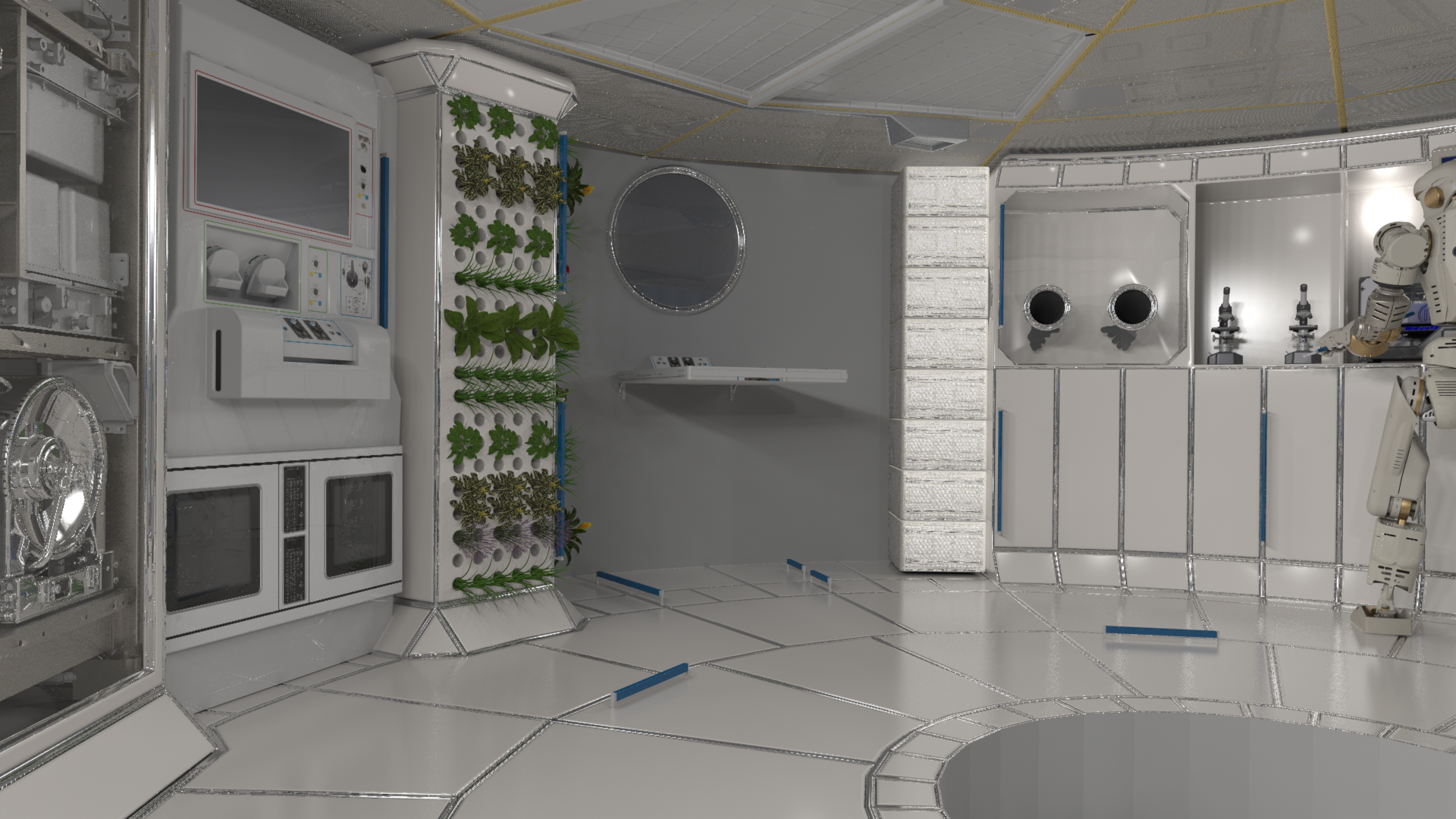
Where will future astronauts live during Artemis missions on the Moon or during the years-long roundtrip missions to Mars and other destinations in the solar system? How will these habitats be constructed – and what systems will outfit them to sustain human life in the harsh environment of deep space?
NASA has a long history of space habitation studies and a validated proof of concept in the International Space Station. The station has been a continuous orbital home to more than 220 astronauts since 2000, spurring an active economy in low Earth orbit to deliver food, air, water, spare parts and other necessities from nearby Earth.
New, deep space habitation systems will not have the benefit of receiving supplies from Earth – or at least not as often. This operational shift to reduce our dependence on our home planet requires careful research, concept studies, and prototyping, and validation to ensure that our next-generation space systems maximize efficiencies and minimize waste – not entirely different from efforts to preserve our environment here on “spaceship Earth”.
Inside a deep space habitat, the life support systems will have to recycle at least 98 percent of water consumed and 75 percent of oxygen from the carbon dioxide that astronauts exhale. Every item that is loaded aboard must be carefully packaged with recycling, repurposing and reusing as a top priority. And like astronauts aboard the space station today, future crew members will have to exercise for several hours each day to maintain bone and muscle mass in reduced or zero gravity.
Habitation Systems
Habitation systems include life support, environmental control, radiation protection, exercise and health maintenance, and other factors needed to keep humans safe, healthy, and productive on long deep space missions. For Mars class missions, this is on the order of 1,100 days for at least four crew members.
These systems are being developed today and can be tested and demonstrated on the space station.
- Life Support: Air revitalization, water recovery, waste collection and processing
- Environmental Monitoring: atmosphere, water, microbial, particulate, and acoustic monitors
- Crew Health: exercise equipment, medical treatment and diagnostic equipment, long-duration food storage
- Extra Vehicular Activity (EVA): Space suit for exploration
- Fire: Non-toxic portable fire extinguisher, emergency mask, combustion products monitor, fire cleanup device
- Radiation Protection: Low atomic number materials including polyethylene, water, or any hydrogen-containing materials
Habitation Modules
The structures that house the habitation systems and represent the homes to future astronauts in deep space are referred to as habitation modules. NASA is currently studying an ongoing set of trades related to how modules might best be constructed, and is currently engaged with U.S. industry to further refine concepts and develop prototypes for testing in cislunar space. Habitation modules structures will have to protect astronauts against extreme temperature changes, micrometeoroids, and solar and galactic cosmic radiation.
More about deep space habitation
The Next Space Technologies for Exploration Partnerships Broad Agency Announcement (NextSTEP BAA) is a public-private partnership model that seeks commercial development of deep space exploration capabilities to support more extensive human spaceflight missions in the proving ground of space around the moon, known as cislunar space, and to enable transit to Mars. This partnership model enables NASA to obtain innovative concepts and also support industry commercialization plans for low earth orbit.
Under the NextSTEP BAA Appendix A, NASA is working with U.S. industry partners on advanced habitation concept studies.

























